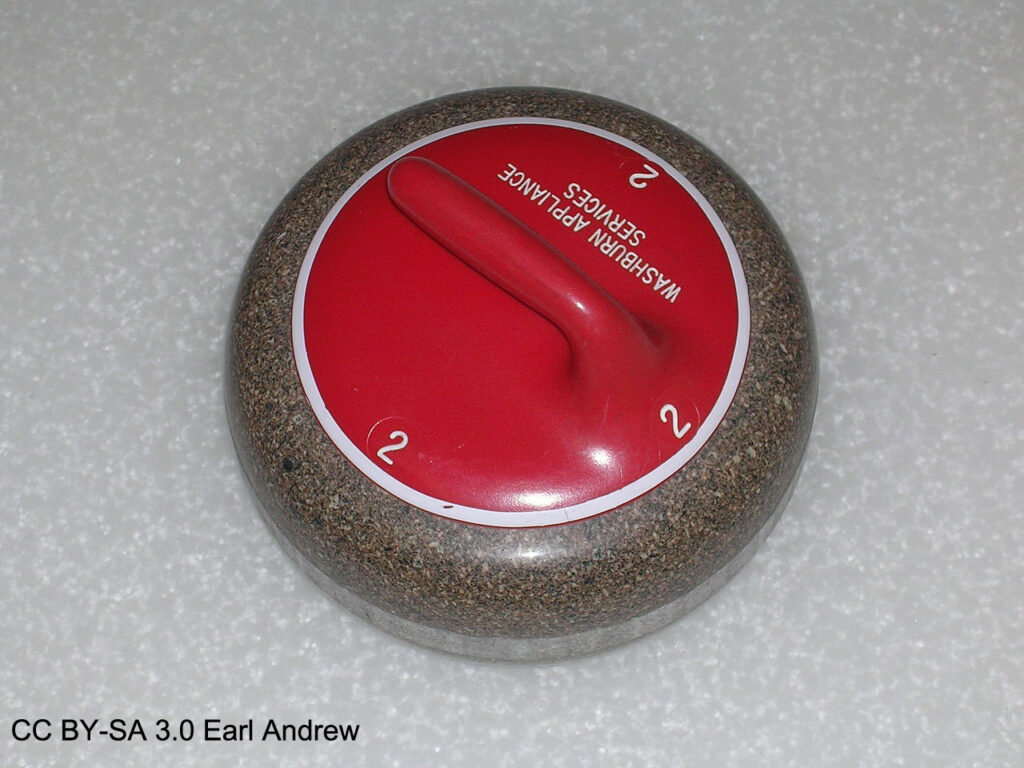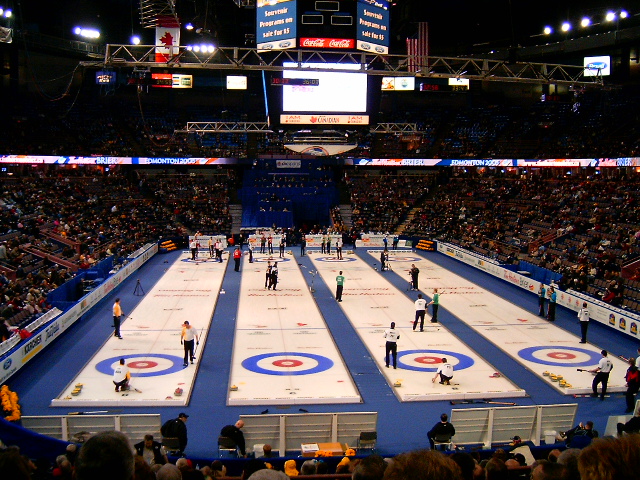
What Is Curling? – Learn Stuff
It’s been almost 25 years since the first time I saw curling on Canadian TV. I was at my hotel at the SkyDome and there was nothing else on. Since then, the icy sport has become increasingly popular in the U.S., though it has been all the rage in other places for centuries. My friends and I even considered starting our own ‘pond league’. Since the 2022 Winter Olympics are going on in Beijing, let’s find out more about one of Canada’s favorite pastimes.
You may not know a whole lot about curling (I certainly didn’t), but it has been around longer than any common sport in the U.S.. People first started sliding rocks across ice in Scotland by the early 1500’s. That makes curling almost as old as golf. There are depictions in paintings that date back to the mid 16th century, and the word itself first appeared in 1620. The image below is from 1565.
Known as “chess on ice” (though I think that may be a bit of a misnomer), curling is more like a chilly version of shuffleboard. This may be a surprise, but there are about 1.5 million registered players worldwide, with millions more amateurs. In 1998, curling became an official Olympic sport.
In a nutshell, the objective is simple, though requiring extreme precision and skill in practice. Two teams of four players try to place their ‘stones’ within a target (house) at the other end of the ice, or sheet. Each team has eight stones, two for each player. The sheets are about 150 feet (45 meters) long, and the targets are 12 feet (3.7 meters) in diameter. You can tell that those rules were made before the metric system.
Three of the four teammates take turns being the thrower or sweeper, the fourth is known as the ‘skip’. The throwers obviously propel the stone down the sheet, while the sweepers use brooms to manipulate the ice in the stone’s path. The sweepers’ techniques change the speed and direction of the stone, even giving it a curved or ‘curled’ path, if necessary. That’s where the name comes from. The skip directs the sweepers on trajectory and speed, which is why there is so much back-and-forth shouting during a curling match.
There is literally too much information about the sport for an article like this, but I think one of the most interesting components is the stone. These are made from granite and come from only two places on earth. Production occurs from either a quarry in Wales, or an island off the coast of Scotland. Each weigh between 38 and 44 pounds (17.24 to 19.96 kg), with a maximum circumference of 36 inches (914.4 mm), and a minimum height of 4.5 inches (114.3 mm).
Only a small part of the stone comes into contact with the ice, as the bottom surface is convex. The ‘running surface’ forms a ring that is about 5 inches (130 mm) in diameter, with the inside of that ring being concave. It has generally been this way since 1870.
Several years ago, while drinking beer and watching curling, my friends and I had the idea to start a ‘pond league’. Not satisfied with purchasing actual curling equipment, we devised a way to create our own.
Instead of stones, we were to use kegs filled with concrete, with steel rebar for handles. The calculations got quite specific, as we figured out how much of the keg we would need to cut off, and how much concrete and steel to use in order to remain within the rules.
Brooms seemed too basic, but we still needed a way to modify the ice for the path of our ‘keg stones’. Smoothing would be accomplished by modified weed burners, which are basically small flame throwers if you aren’t familiar. The other teammate would use a CO2 fire extinguisher to freeze the ice as necessary. As fun as that sounds, we eventually decided that we would all end up in the hospital at some point, and the league never came to fruition. That was probably a good idea.




















